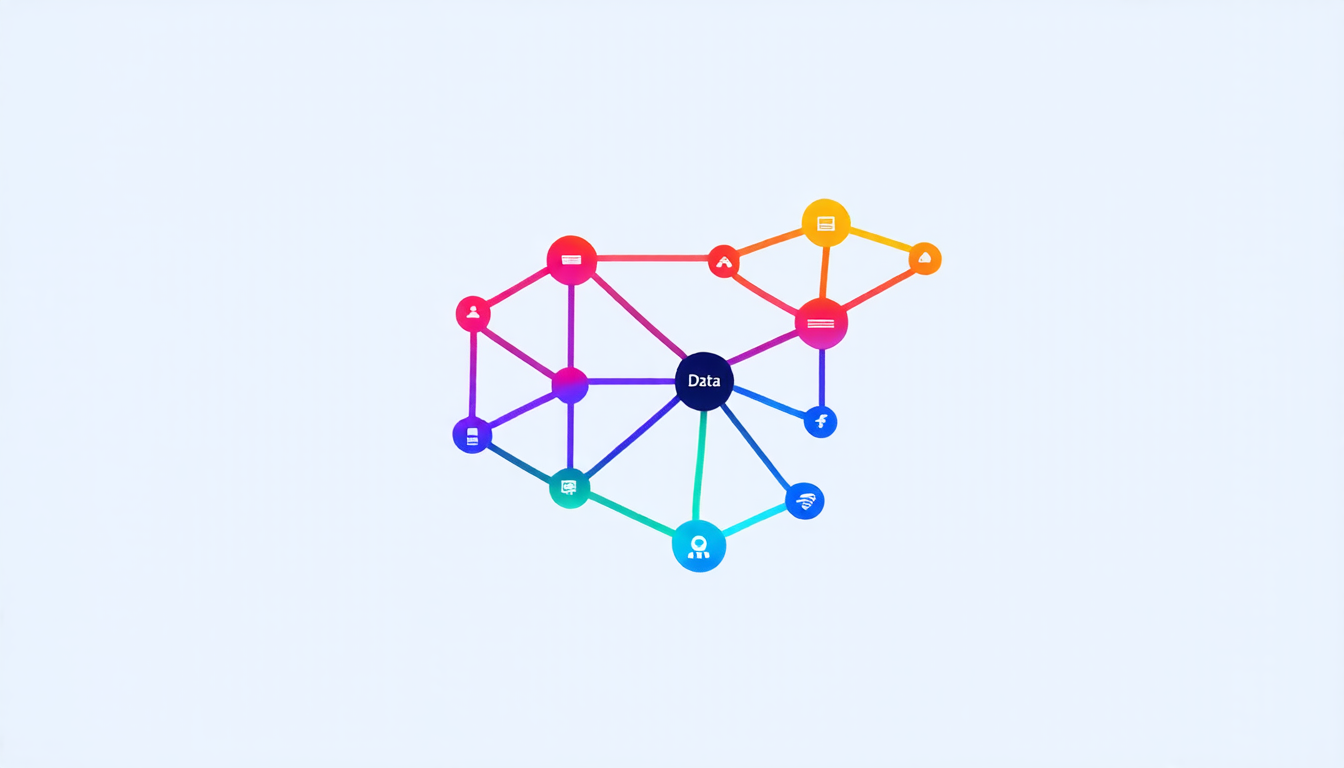Thursday 22 May 2025
A new approach to searching for patterns in vast amounts of data has been unveiled, promising significant improvements in efficiency and scalability. The technique, known as Metric-Amphibious Graph (MAG), combines two existing methods to tackle the complex problem of maximum inner product search.
The challenge lies in finding the most similar patterns within large datasets, a task that is crucial in many fields, from computer vision and natural language processing to recommender systems. Traditional approaches often rely on either inner product or Euclidean metrics, but these have limitations. Inner product methods can get stuck in local optima, while Euclidean-based methods may lose valuable information.
MAG addresses these issues by introducing a novel graph index that seamlessly switches between these two metrics during the search process. The result is a more efficient and effective algorithm that can handle large-scale datasets with ease.
The authors of the study, published in a recent issue of a leading scientific journal, demonstrated the effectiveness of MAG through extensive experiments on real-world datasets. They found that their approach outperformed existing methods by significant margins, achieving speeds up to 4 times faster while maintaining high accuracy.
One of the key innovations behind MAG is its ability to adapt to different data characteristics. By identifying three statistical indicators that capture essential properties of the data, such as concentration and dimensionality, the algorithm can adjust its search strategy accordingly. This flexibility allows MAG to excel in a wide range of scenarios, from datasets with highly clustered patterns to those with sparse distributions.
The authors also explored the scalability of their approach, testing it on large-scale datasets with millions of entries. Their results showed that MAG can handle these massive datasets with ease, making it an attractive solution for industries and applications where data is constantly growing.
While MAG shows great promise, there are still areas to be explored. For instance, further research is needed to optimize the algorithm’s parameters and improve its performance on specific types of data. Nevertheless, this innovative approach has significant potential to transform the field of maximum inner product search and its many applications.
As the era of big data continues to unfold, the ability to efficiently search and analyze vast amounts of information will become increasingly crucial. MAG’s success in tackling this challenge is a testament to the power of interdisciplinary research and highlights the importance of continued innovation in this field.
Cite this article: “Metric-Amphibious Graph: A Novel Approach for Efficient Maximum Inner Product Search”, The Science Archive, 2025.
Data Mining, Big Data, Machine Learning, Pattern Recognition, Graph Theory, Inner Product Search, Euclidean Metrics, Scalability, Efficiency, Algorithmic Innovation







